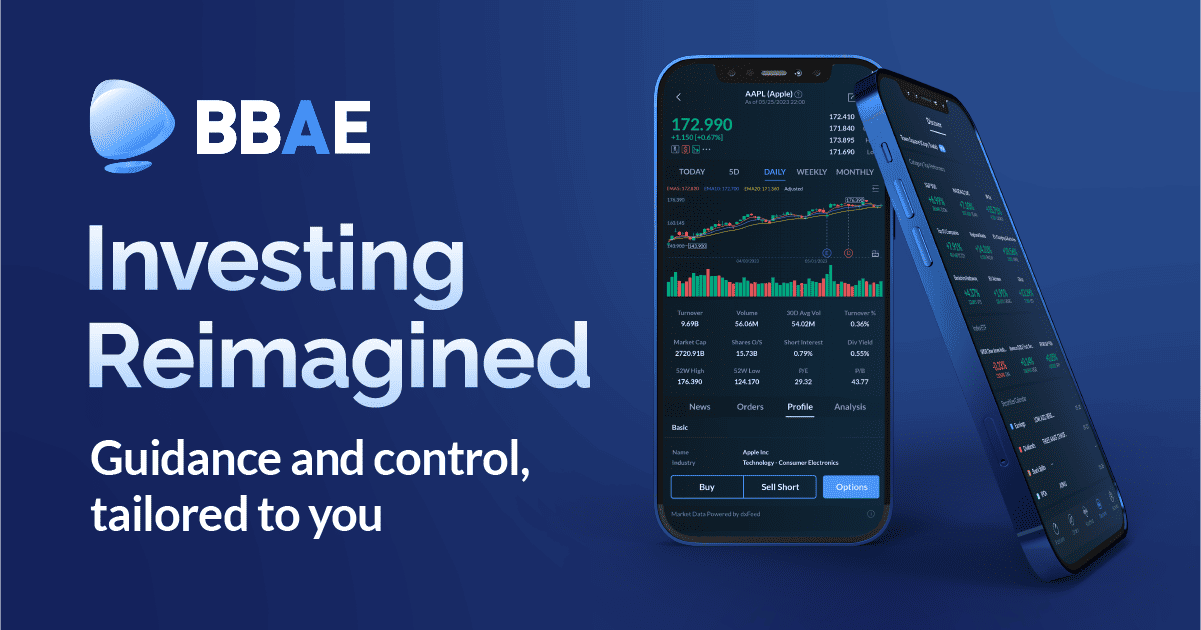Lemonade ($LMND) – The Puppet Master – June 22, 2024

Lemonade as an Investment:
Lemonade now trades for less than 2x enterprise value to 2024 gross profit (EV/GP). It has a $1.16 billion market cap, with $925 million in cash and equivalents on its balance sheet. That gives it an enterprise value of $240 million – and the cash pile is actually mostly safe. Through its synthetic financing agreement, it has consistently moved up its path to breaking net cash flow positive, with the end to its now modest cash burn coming this year. It also continues to move up its schedule to FCF and EBITDA, as it now expects those milestones to come in 2025. Furthermore, it recently hinted at its 25% annual top-line growth forecast being raised in the near future.

Source: Brad Freeman proprietary research
This company is better at managing growth and margin than any young, $1 billion enterprise should be. It has a masterful ability to control spending, manage headcount with more automation and deliver more profit when it needs to. That was demanded throughout 2022 and 2023 as cost of capital rose, investor preferences changed and it awaited regulatory approvals to hike premiums amid rampant inflation. It pulled back heavily on growth to reach profitability and to wait for the regulatory backdrop to enable profitable expansion. It did so beautifully, and managed to maintain 20%+ premium growth despite the aggressive cuts.
Now? It’s ready to start leaning back in with the same added spending scrutiny that it has embraced. This GenAI-native company has obsessively infused more AI into everything it does to unlock greater scale… without headcount or OpEx growth occurring in tandem. This should enable more explosive operating leverage, more profit beats and more progress to breakeven – all while it accelerates demand growth considerably through 2024. This will play out as entrenched incumbents have vacated some markets like California. This is also playing out as inflation rates cool, premium approvals flow in and Lemonade enjoys much larger portions of the country to profitably sell its products to.
Let’s do some extremely speculative and overly simplistic modeling for more context. Say Lemonade compounds revenue at a 25% clip for the next 4 years. Assume its gross margin does not improve at all from the 30% level where it sits today. Then assume it reaches a 5% EBITDA margin in 2028 (similar FCF margin). That’s still materially worse than incumbents, conservative on growth estimates and conservative on gross margin. This scenario would leave us with $65 million in 2028 EBITDA. Even if we assume its EBITDA multiple is far below its EBITDA growth rate, call it 15x, that puts it at a $1 billion enterprise value in 4 years vs. $240 million today. With around $1 billion in net cash, that would leave it at about a $2 billion market cap vs. $1.16 billion today. This investment is still extremely speculative and the company still has a lot to prove. Things could always turn sour, underwriting progress could revert, growth could slow more sharply than I expect and this investment could always fail. If they continue to execute exactly how they have since the end of 2022, I think there’s a lot to like here.
In other Lemonade news, CFO Tim Bixby bought about $300,000 in stock to raise his common equity stake by 7%. This breaks a trend of the last 5 insider transactions being open market sales.
A Review of How Lemonade Tries to Stand Out within Insurance:
For years, Lemonade has been arguing that its tech-native, AI-first, cohesively-designed infrastructure and app form its edge. It has been telling investors that its ability to ingest and utilize vast sums of data differentiates it from other insurance disruptors. It has been explaining how legacy incumbent systems are too manual, too siloed and too entrenched for competition to appropriately utilize data scale advantages… with it also being too costly for them to rip and replace systems. And? It has been insisting on this set-up powering immediate claim handling, compelling unit economics, and the beginnings of a giant corporation.
We’re starting to see real proof beyond internal NPS claims and asserting that its underwriting models are better. Proofpoint number one is the wonderful loss ratio trends that we’re now seeing play out as of last quarter:

Source: Brad Freeman proprietary research
For the chart above, focus on the trailing 12-month improvement more so than the gray line. Weather and catastrophic (CAT) events are seasonal; looking at annualized progress helps to eliminate this noise. The main source of improvement here was encouragingly not CAT event favorability. Instead, it was premium rate filing approvals and its discipline to wait out these approvals before it leaned back into originations. It wasn’t willing to originate cash-burning plans for the sake of growth. With approvals coming in for key states like California, growth opportunities are becoming profitable once again (more on this later). Excluding CAT events, a 63% GLR improved 10 points Y/Y and 9 points Q/Q to offer more proof of this improvement being structural in nature.
Proof-point number two is a favorable cost to serve vs. others. Insurance is a commodity. Lemonade does stand out within customer service and app interface, but the best way to differentiate within insurance is via cost advantages. Last quarter, Lemonade offered new disclosures showing its advantage in these areas. Loss Adjustment Expense (LAE) measures cost associated with handling claims and operating efficiency. It’s one thing to say Lemonade’s tech-native ecosystem offers cost edges. It’s another thing to show it in LAE. Per Capital IQ, a typical LAE is about 10% for a mature brand with fully realized economies of scale. Lemonade is far from mature, yet boasts an LAE of 7.6% (lower is better). The compelling trend is expected to continue.

Source: Brad Freeman proprietary research
This is intuitive. It has no agents to pay perpetual commissions to; its real estate footprint is comparatively tiny. Its AI-first product suite automates a large chunk of claims and customer service responses… and that automation frees Lemonade to grow its business while avoiding costs scaling in tandem. The margin trend charts above are evidence that as OpEx growth stays near 0% and the business expands. Lemonade is forming a defensible, structural competitive advantage in a sector where that’s tough to pull off.
Where else does an overall cost-to-serve edge help? I’m so glad you asked. It allows Lemonade to rationally undercut competition, boost growth spend or simply harvest more margin from its book of business. It already offers best-in-class rates on renters insurance; lower fixed costs allow Lemonade to rationally pursue these tiny premium plans. That has made Lemonade a share leader for young, first-time U.S. renters. These customers will need much more insurance over time, and Lemonade’s customer delight gives it a great chance of securing that added business.
Other signs of GenAI prowess:
- 98% of policies are sold with no human intervention.
- More than 50% of claims are issued and processed with no human intervention.
- 33% of all customer service inquiries are handled with no human intervention.
- Lemonade continues to briskly compound top line numbers with barely any cost growth.









